Your Child Will Learn
Comparing volumes to determine which is more or less
Here’s What to Do
- Gather three clear drinking glasses, measuring cups and spoons, and a large container full of water (instead of water, you could also use something like rice, pasta, cereal, or dried beans). Cover your table with a towel or work over a baking dish to catch the spills.
- Pick three measuring spoons and cups (example: a ½ teaspoon, a ½ cup, and a 1 cup). Ask your child which will hold more and which will hold less.
- Ask your child to use the first measuring spoon/cup to scoop water, and then pour it into the first clear drinking glass. Repeat with the second and third measuring spoon/cup, pouring into the other two clear drinking glasses.
- Compare the amounts in the drinking glasses. Which has the most, and which has the least? Pour the water back into the bowl, and repeat using different measuring spoons and cups.
Put PEER Into Action
PAUSE
- Gather your supplies and put away distractions before you begin. Is everything set up? Great, you’re ready to begin!
ENGAGE
- “Which holds more- the teaspoon or the 1 cup measuring cup?”
- “Let’s check your guess! Can you put the glasses next to each other and see which has the most and which has the least?
ENCOURAGE
- Children at this age don’t understand fractions, so telling them that one spoon is ¼ teaspoon and one is ½ teaspoon won’t mean much to them. It is still great to tell them the size of the spoons and cups so they can begin building this vocabulary.
- “You thought this one might hold more water, but in the cups you can see that it’s less. That’s great, that means you’re learning from your experiment!”
REFLECT
- What else besides measuring cups and spoons could we use for this experiment? (pots, storage containers, sandbox toys, etc.)
Not Quite Ready
Without the measuring tools, pour different amounts of water into the glasses and help your child understand which has more and which has less.
Ready for More
Try the same experiment with four glasses instead of three.
As Your Child Masters This Skill
They will measure and compare the volume or size of 3 different objects.
Time to Complete
15 minutes
Materials Needed
Three clear drinking glasses (or other clear containers), kitchen measuring cups and spoons, a bowl full of water (or if you prefer: rice, pasta, cereal, or dried beans)
